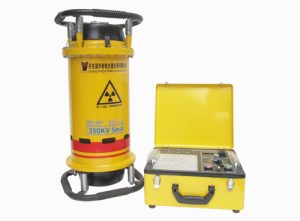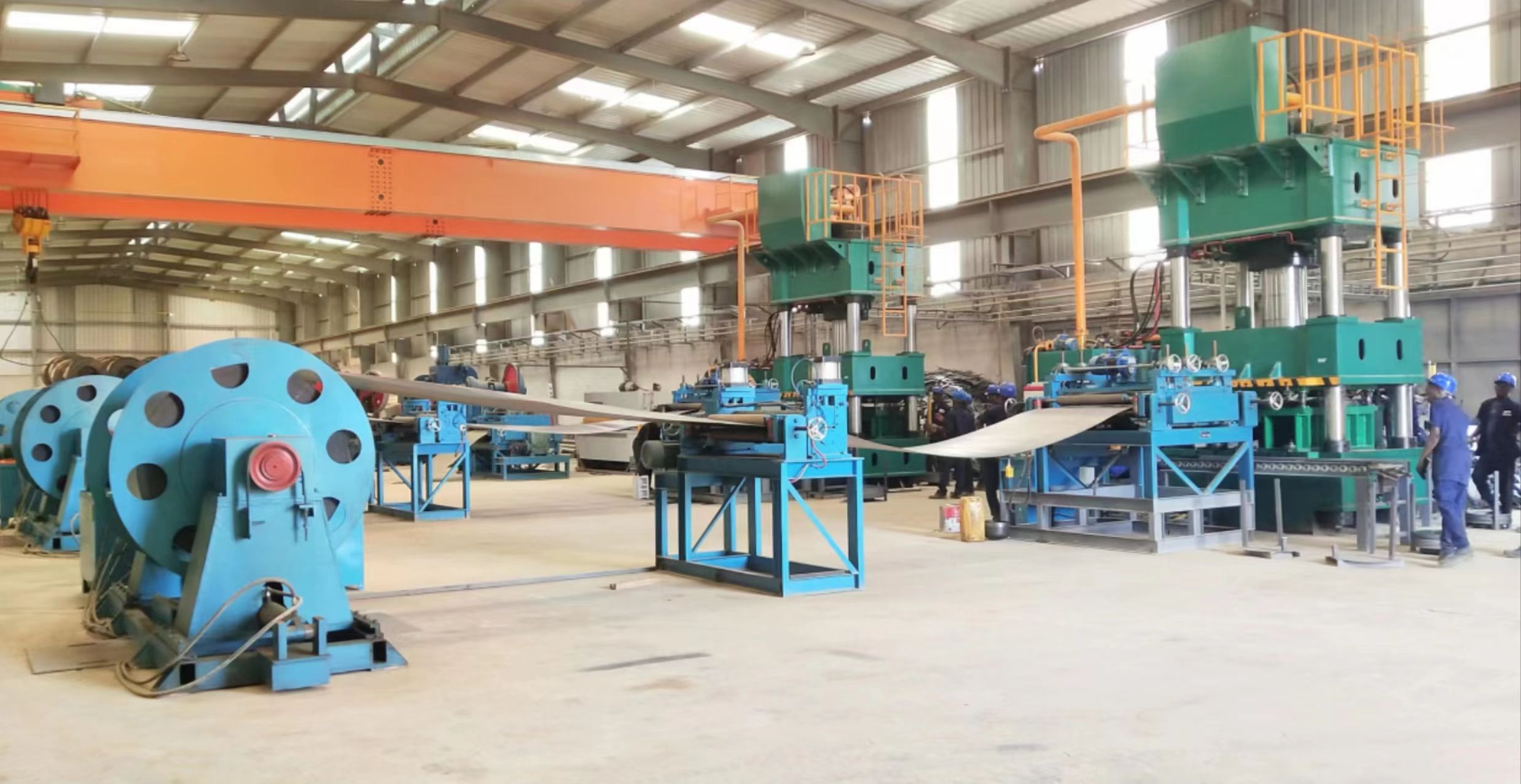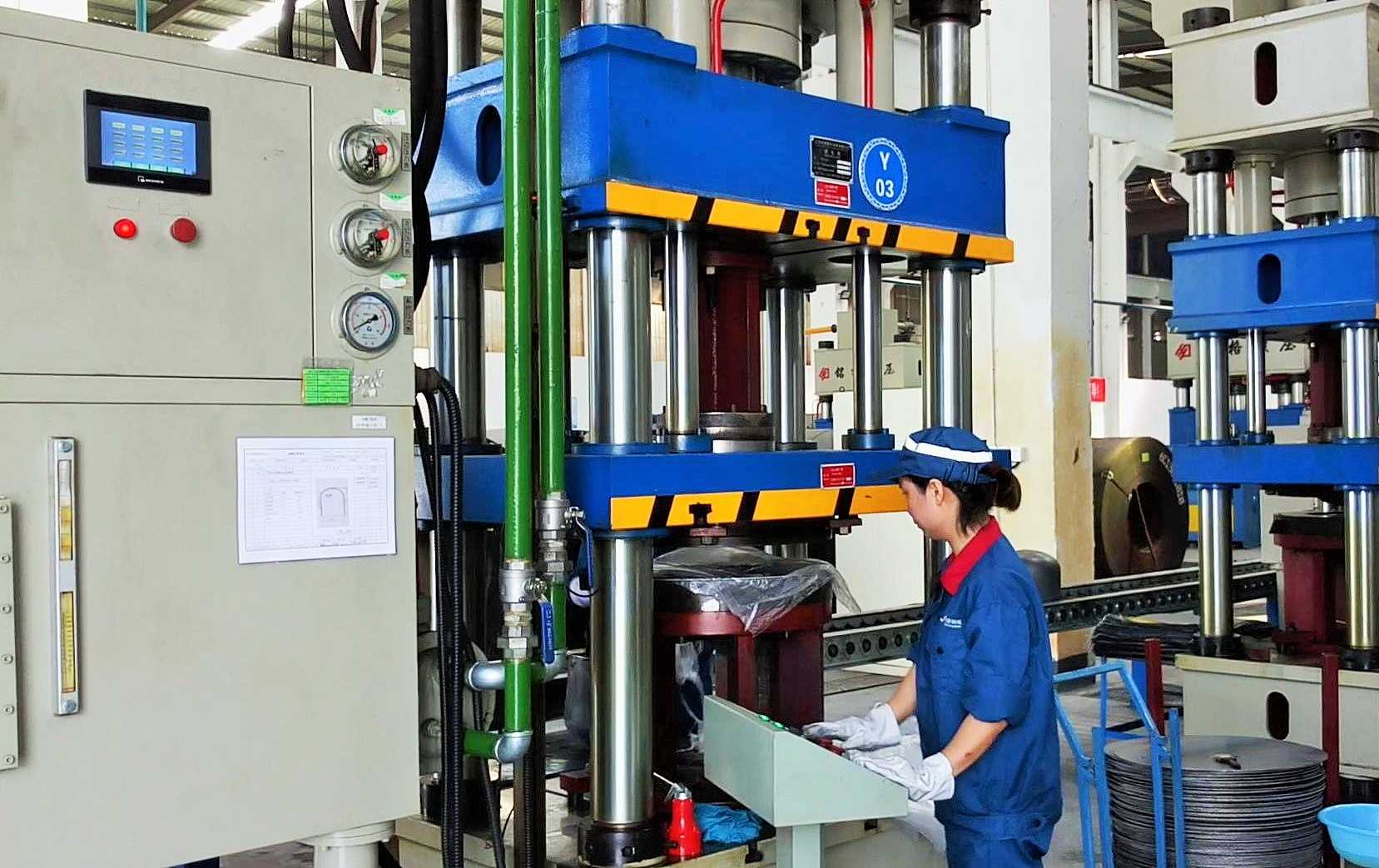Introduction
X-ray machines are integral to non-destructive testing (NDT) technologies, providing a means to assess the integrity and performance of various materials, components, and structures without causing any damage. This article delves into the components, applications, and significance of X-ray machines in NDT, underscoring their pivotal role in ensuring the safety, reliability, and performance of a wide range of products and infrastructure.
Components of an X-Ray Machine
An X-ray machine designed for flaw detection typically includes several critical components, each serving a specific function to ensure the accuracy and effectiveness of the testing process:
- Oven: The oven is used to heat and prepare certain materials or components before they undergo X-ray inspection. This is particularly important for materials that may require specific temperature conditions to reveal internal flaws or structural inconsistencies.
- Viewer: The viewer is a crucial component that allows technicians to examine the X-ray images in detail. It provides a clear and magnified view of the radiographic images, enabling the detection of minute defects that might not be visible to the naked eye.
- Film Cleaning Tank: This tank is used to clean the X-ray films after exposure. Proper cleaning of the films is essential to remove any residual chemicals that could obscure the radiographic images and lead to inaccurate interpretations.
- Camera Bag: The camera bag houses the X-ray camera, protecting it from external damage and environmental contaminants. It ensures that the camera remains in optimal condition for capturing high-quality radiographic images.
- Enhanced Screen: The enhanced screen improves the visibility of the X-ray images. It enhances the contrast and clarity of the radiographic images, making it easier for technicians to identify defects and irregularities.
- Red Light: The red light is used in the darkroom environment where X-ray films are developed. It provides sufficient illumination for technicians to handle the films without exposing them to light that could damage or fog the images.
- Film Cutter: The film cutter is used to cut the X-ray films to the required size for examination. Precision in cutting the films is essential to ensure that the entire area of interest is captured and analyzed.
- Magnetic Steel: Magnetic steel is used in some X-ray machines to manipulate and position the materials or components being tested. It helps in accurately positioning the object for optimal X-ray exposure.
- Film: The X-ray film is the medium that captures the radiographic image. High-quality film is essential to produce clear and detailed images that accurately represent the internal structure of the tested object.
Applications of X-Ray Machines in Non-Destructive Testing
X-ray machines are employed across various industries due to their ability to provide detailed insights into the internal structure of objects without causing any damage. Some of the key applications include:
- Aerospace Industry: In the aerospace industry, flaw detection equipment inspects critical components such as turbine blades, aircraft structures, and engine parts. Ensuring the integrity of these components is vital for the safety and reliability of aircraft.
- Automotive Industry: X-ray inspection is used to detect defects in engine parts, wheels, and other critical automotive components. This helps in preventing potential failures that could lead to accidents.
- Construction Industry: X-ray machines are used to inspect the quality of welds, concrete structures, and other building materials. This ensures the structural integrity of buildings and infrastructure, preventing potential collapses.
- Manufacturing Industry: In manufacturing, X-ray inspection is used to check for defects in products such as electronic components, castings, and plastic parts. This helps in maintaining product quality and reliability.
- Medical Field: Flaw detection equipment is widely used in the medical field for diagnostic purposes. They help in identifying fractures, tumors, and other internal conditions in patients, aiding in accurate diagnosis and treatment.
- Oil and Gas Industry: X-ray inspection is used to examine pipelines, pressure vessels, and other critical equipment in the oil and gas industry. This helps in preventing leaks and ensuring the safe operation of these facilities.

Significance of X-Ray Machines in Non-Destructive Testing
The use of flaw detection equipment in non-destructive testing offers several significant advantages:
- Safety: Flaw detection equipment allows for the inspection of critical components and structures without causing any damage. This ensures the continued usability and safety of the inspected objects.
- Accuracy: X-ray inspection provides highly detailed images of the internal structure of objects, enabling the detection of even the smallest defects. This accuracy is crucial for maintaining the quality and reliability of products.
- Cost-Effectiveness: By identifying defects early in the production process, X-ray inspection helps in reducing the cost of rework and scrap. It also prevents costly failures that could occur if defective products were to reach the market.
- Compliance: Many industries are subject to strict regulations regarding the quality and safety of their products. X-ray inspection helps in ensuring compliance with these regulations by providing a reliable means of quality control.
- Efficiency: X-ray machines allow for quick and efficient inspection of a large number of components. This improves the overall productivity of the manufacturing process.
Conclusion
X-ray machines play a vital role in non-destructive testing, providing a means to assess the integrity and performance of materials, components, and structures without causing any damage. With their wide range of applications across various industries, flaw detection equipment contributes significantly to ensuring the safety, reliability, and performance of a wide range of products and infrastructure. Their ability to provide accurate, detailed, and non-invasive inspection makes them an indispensable tool in modern industry.




